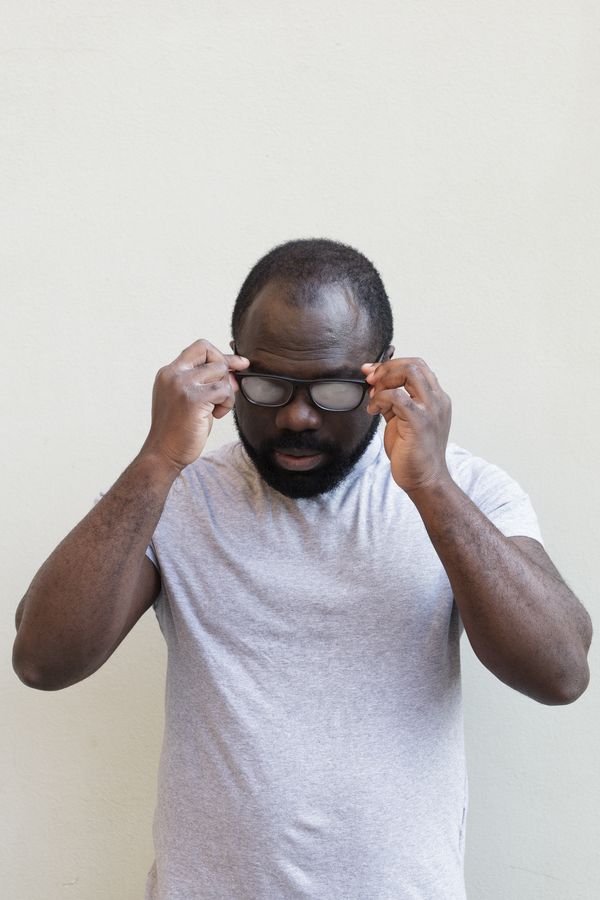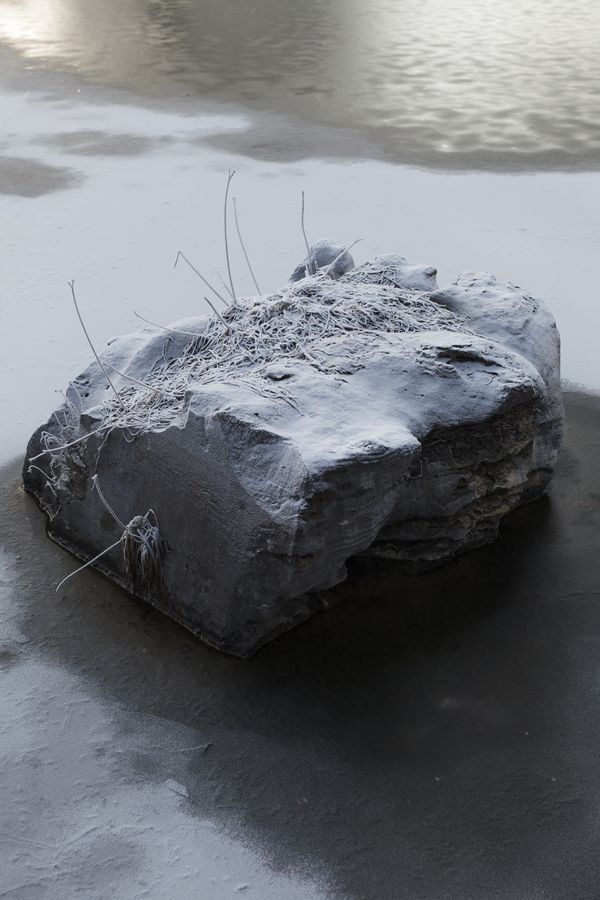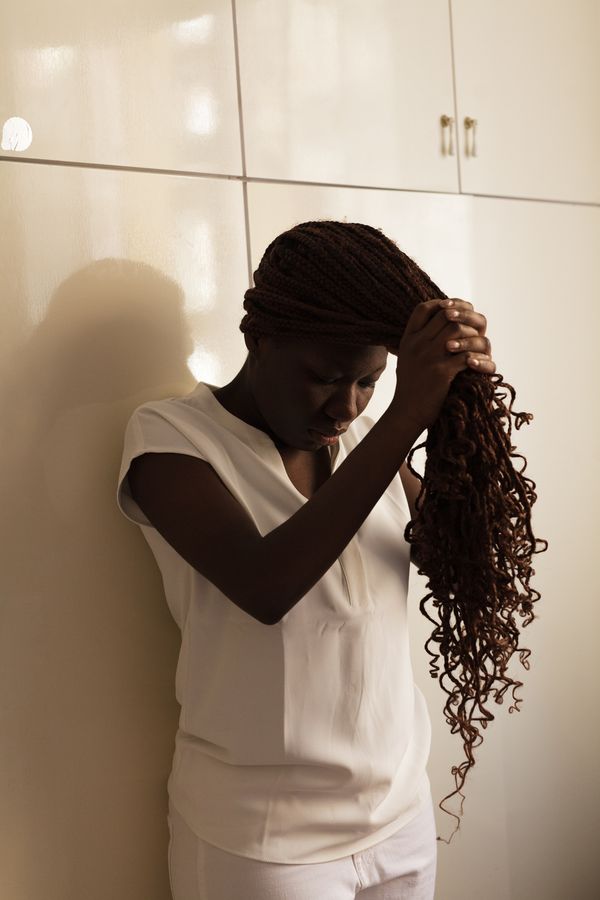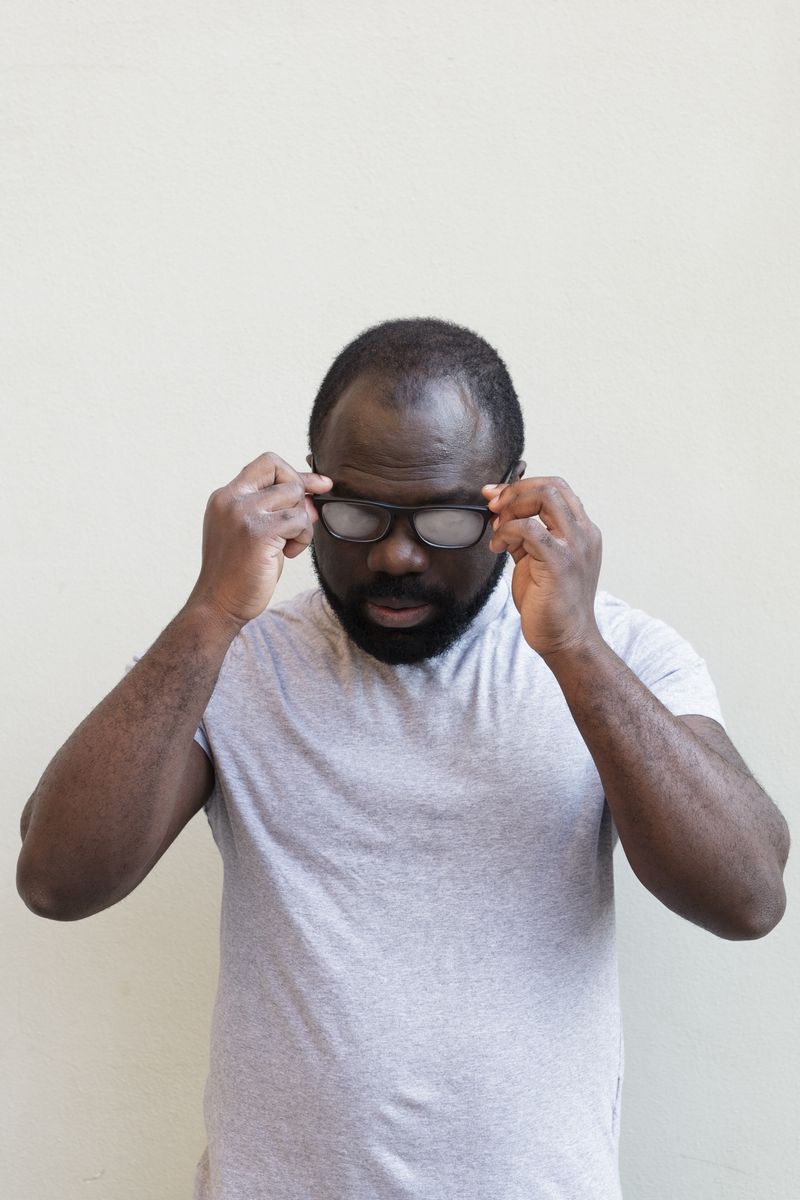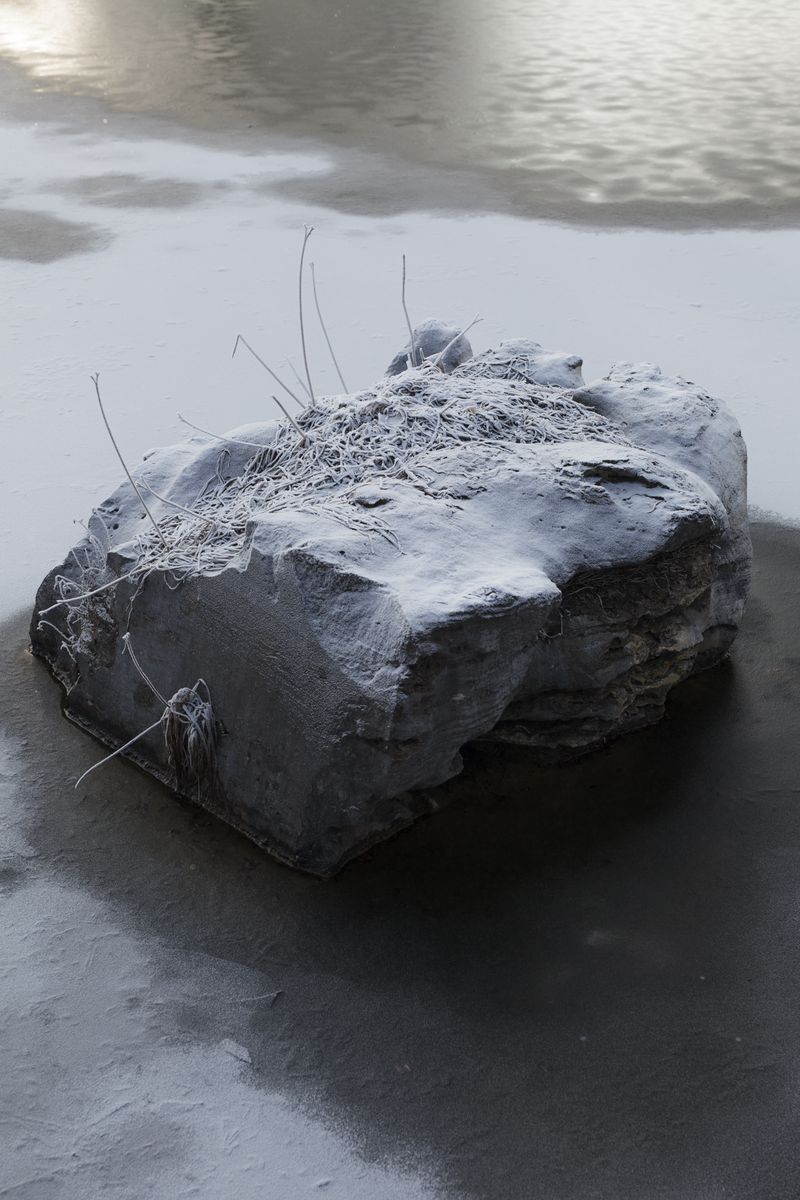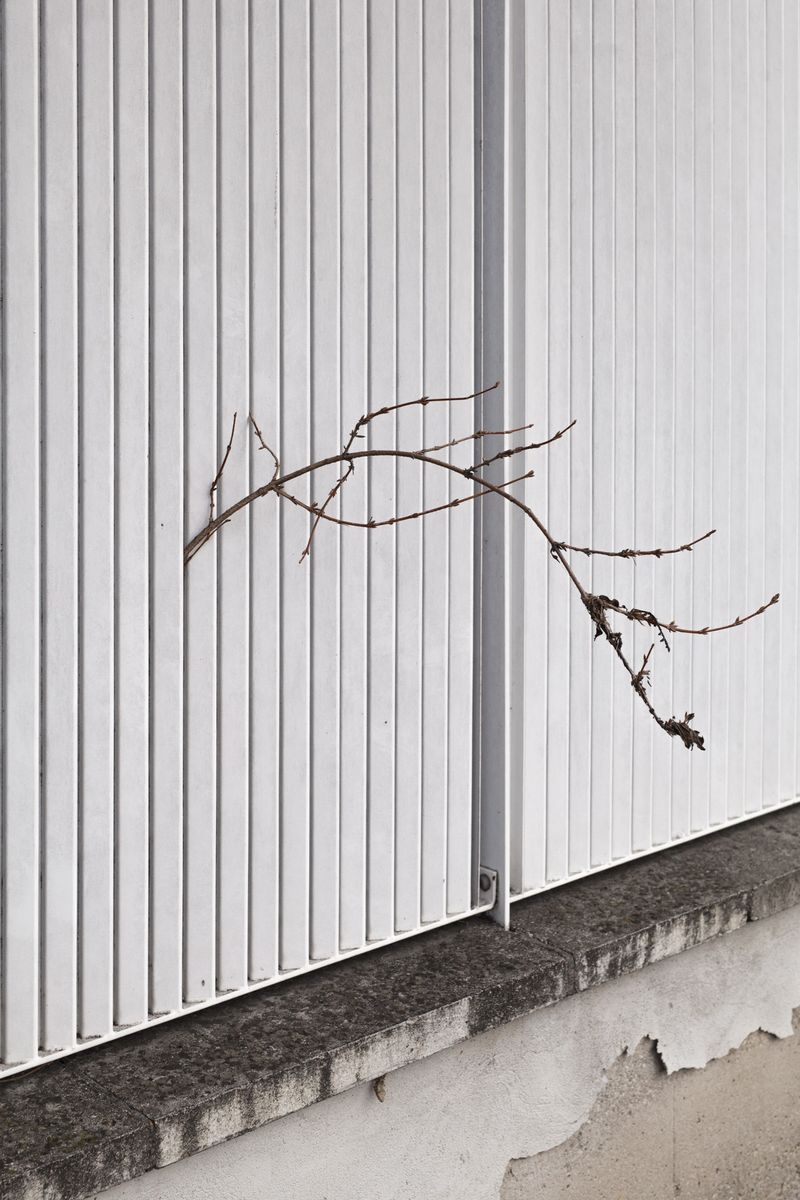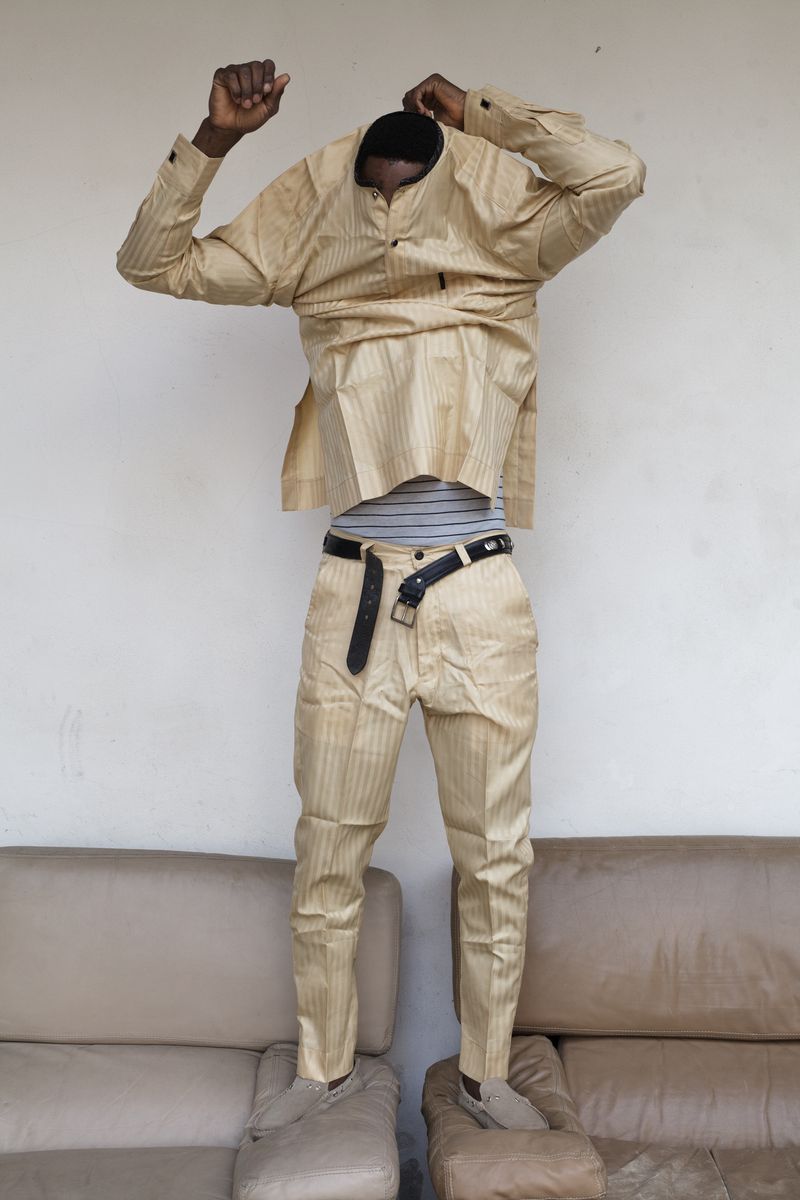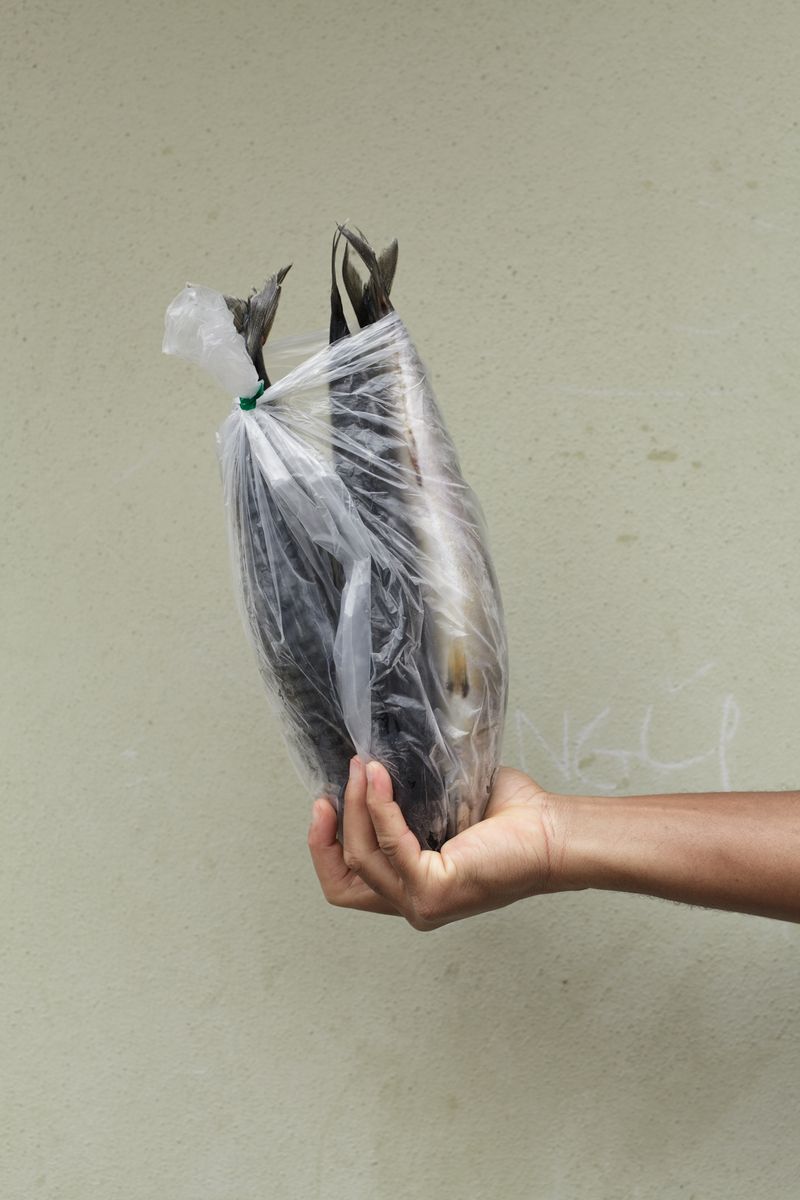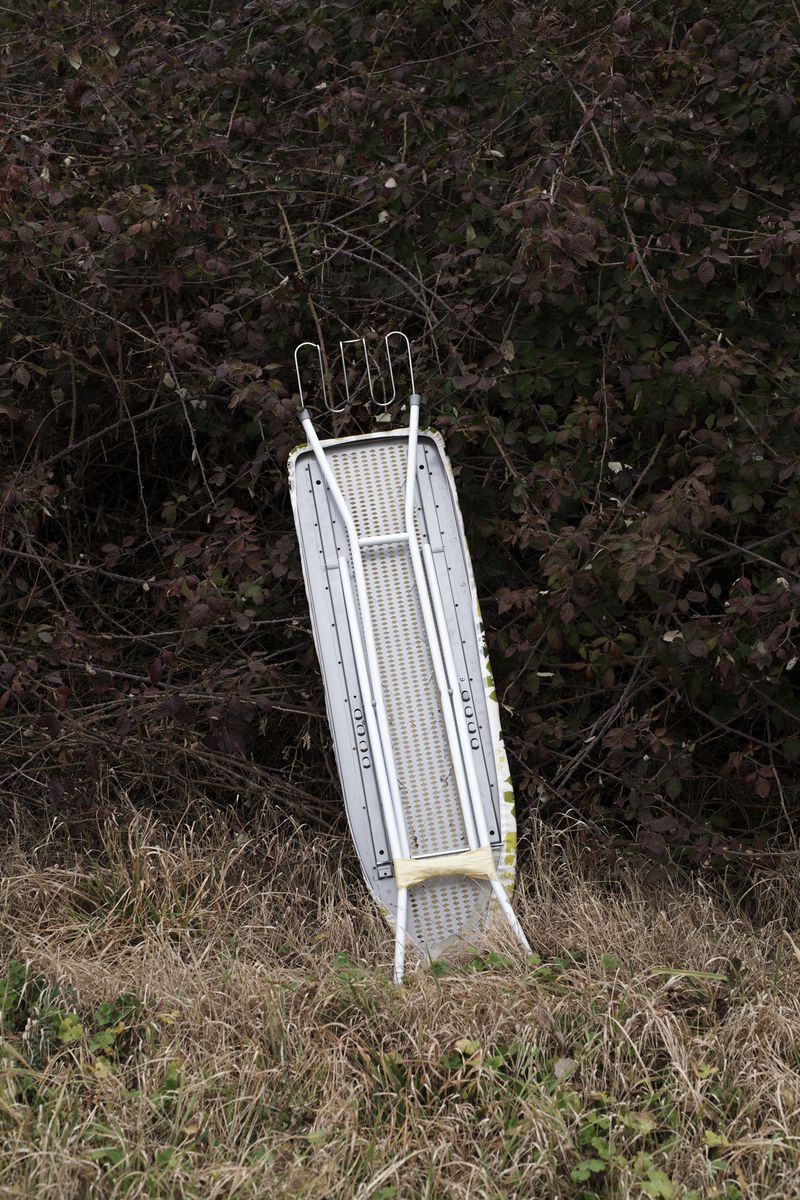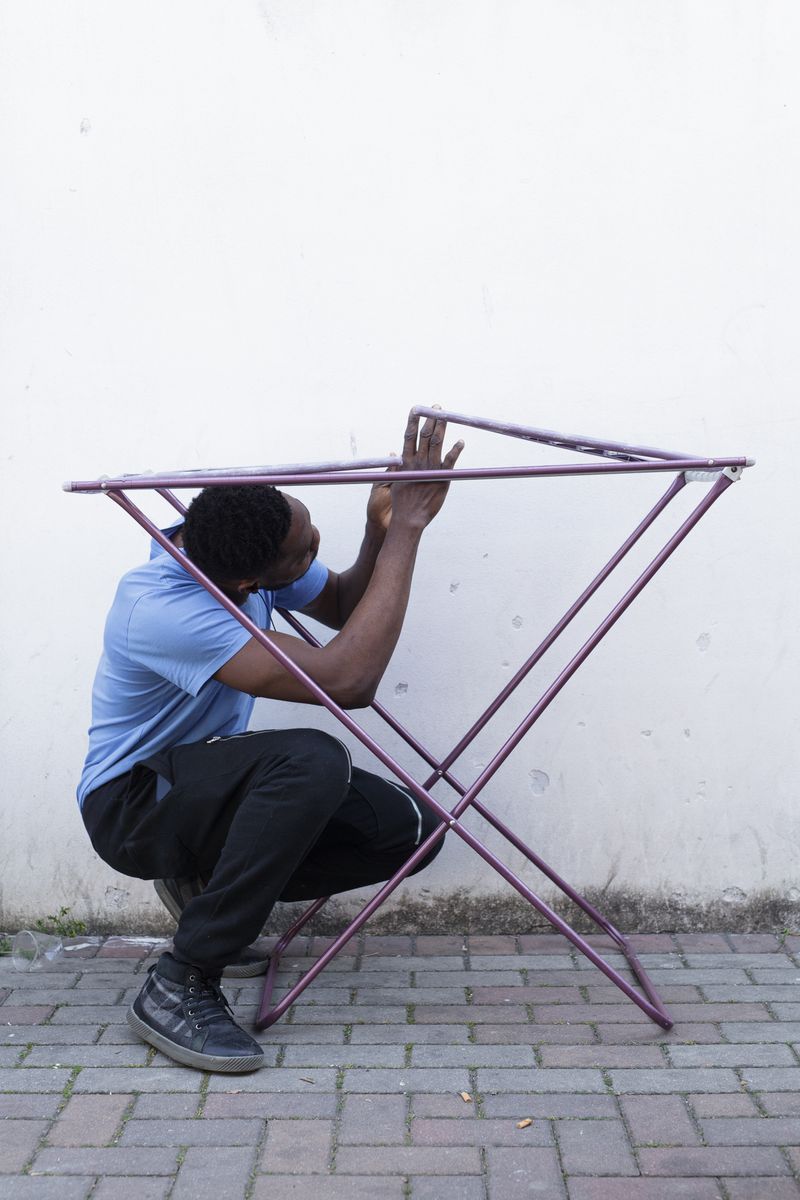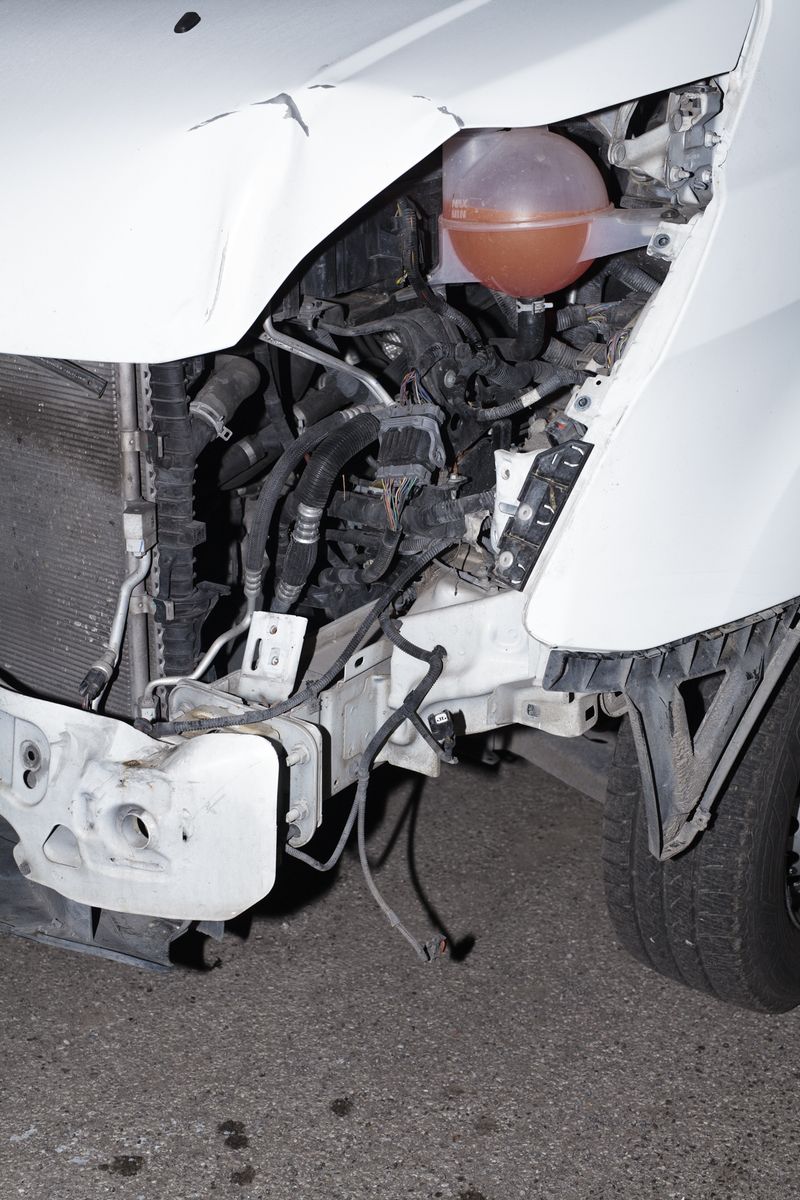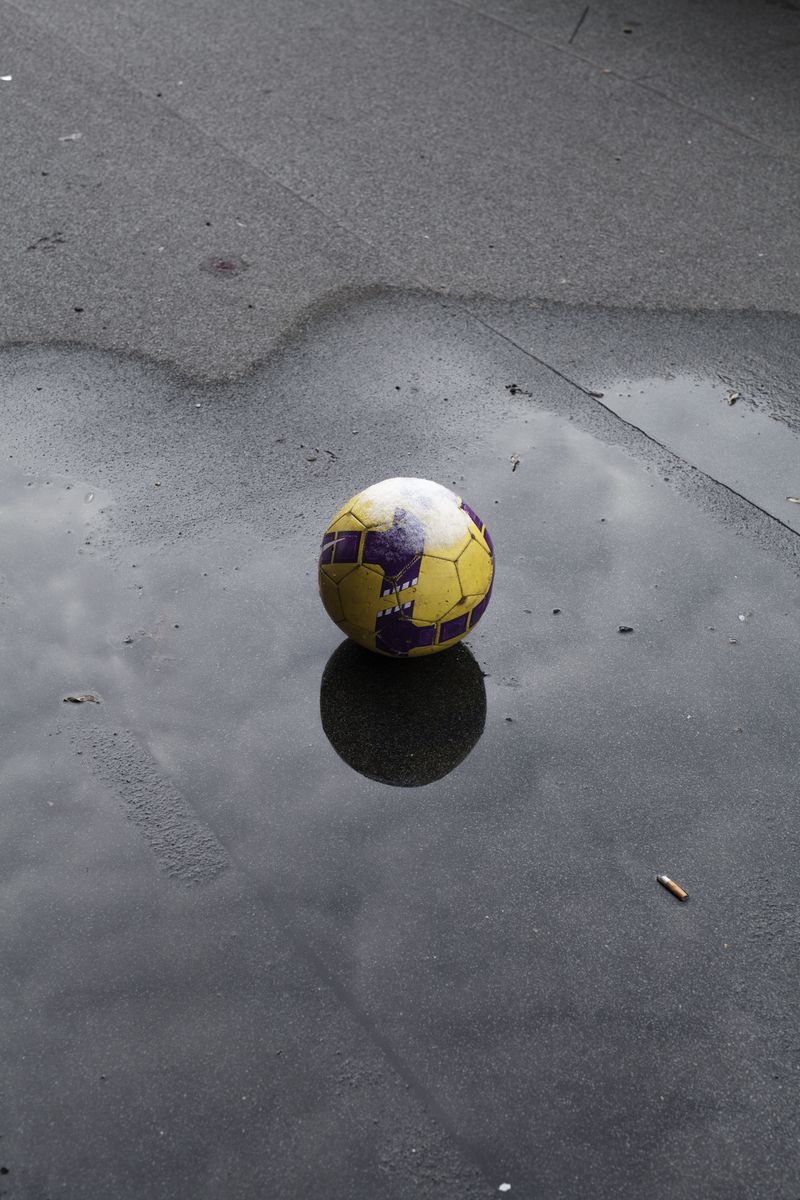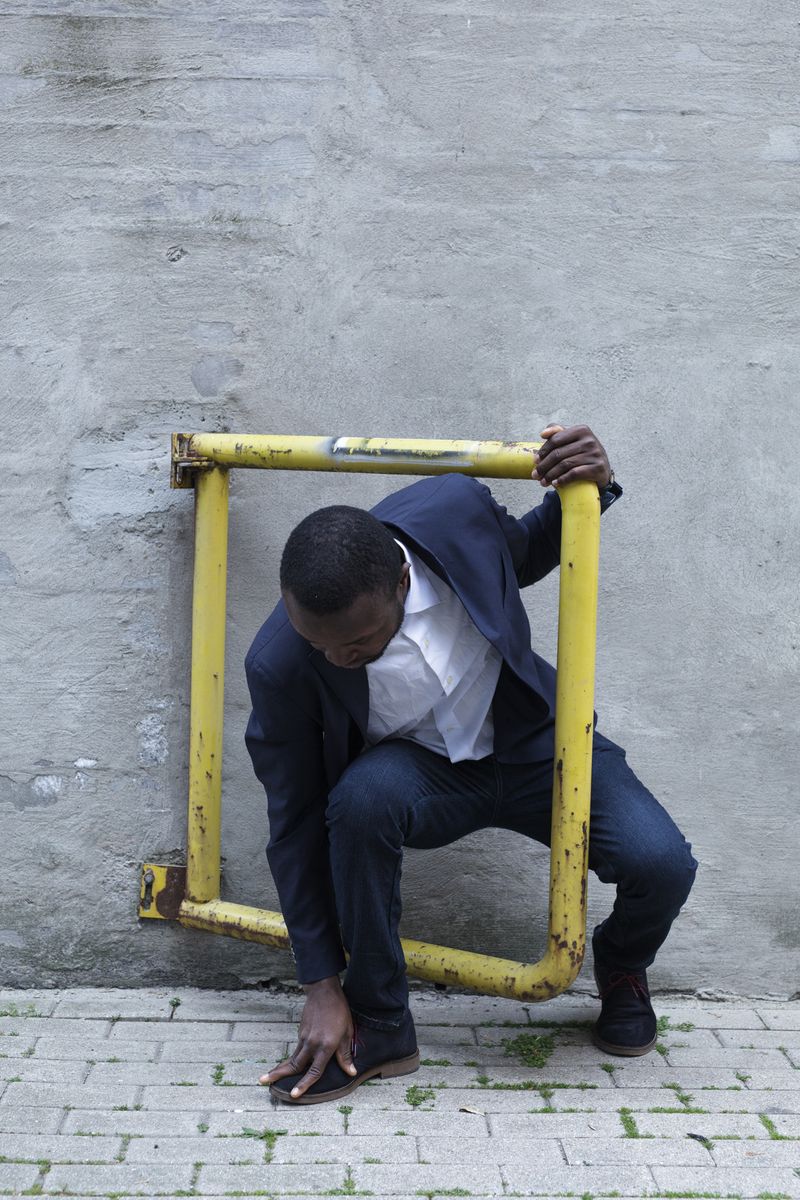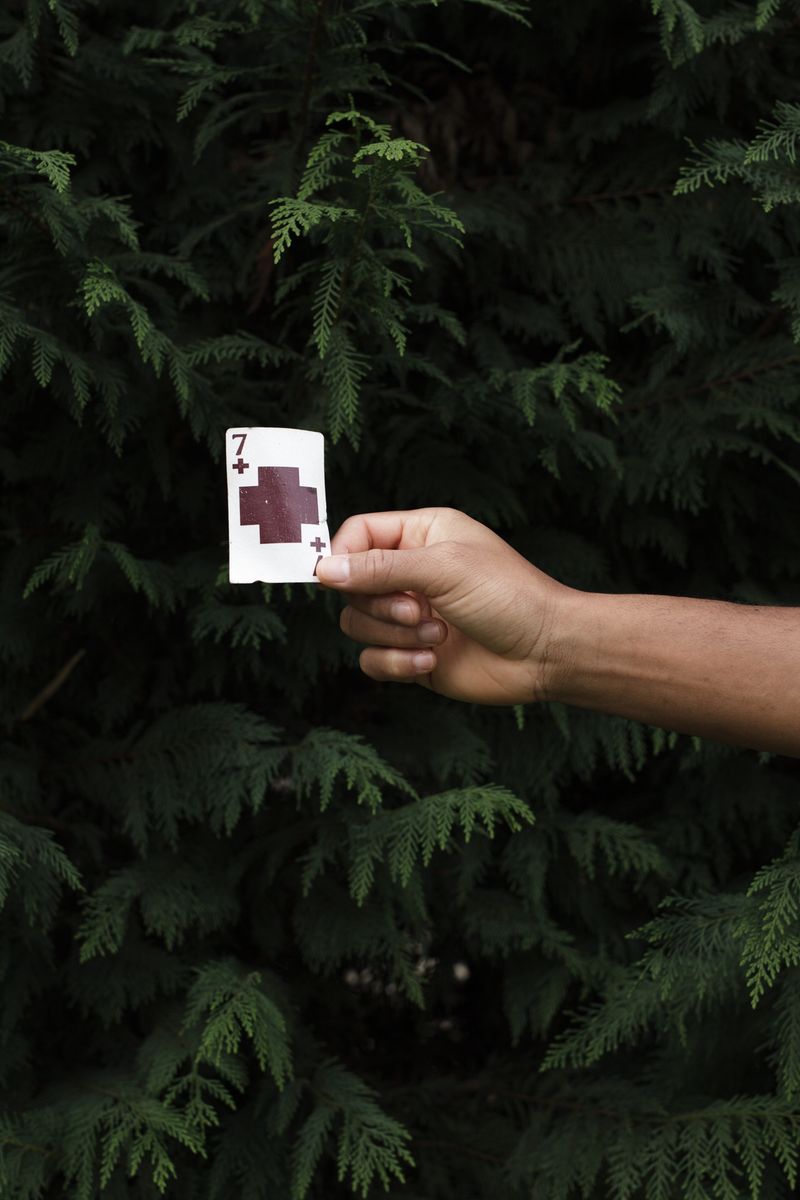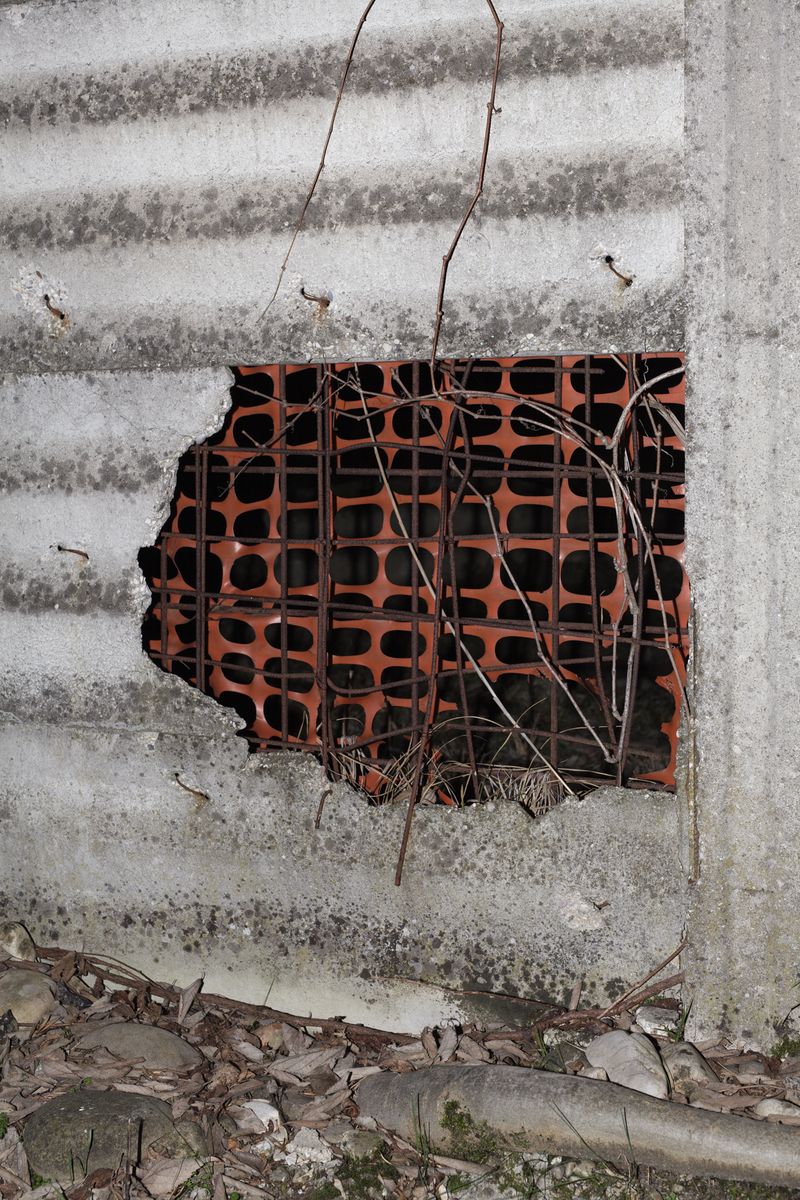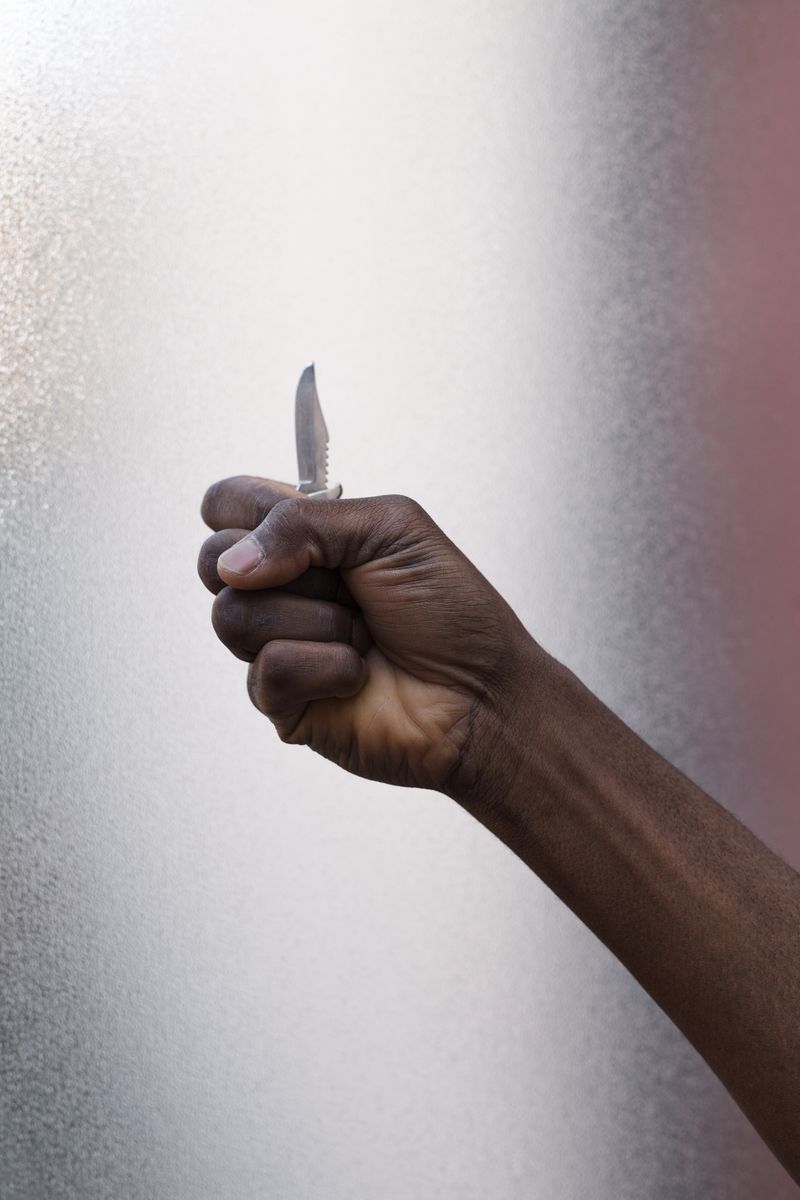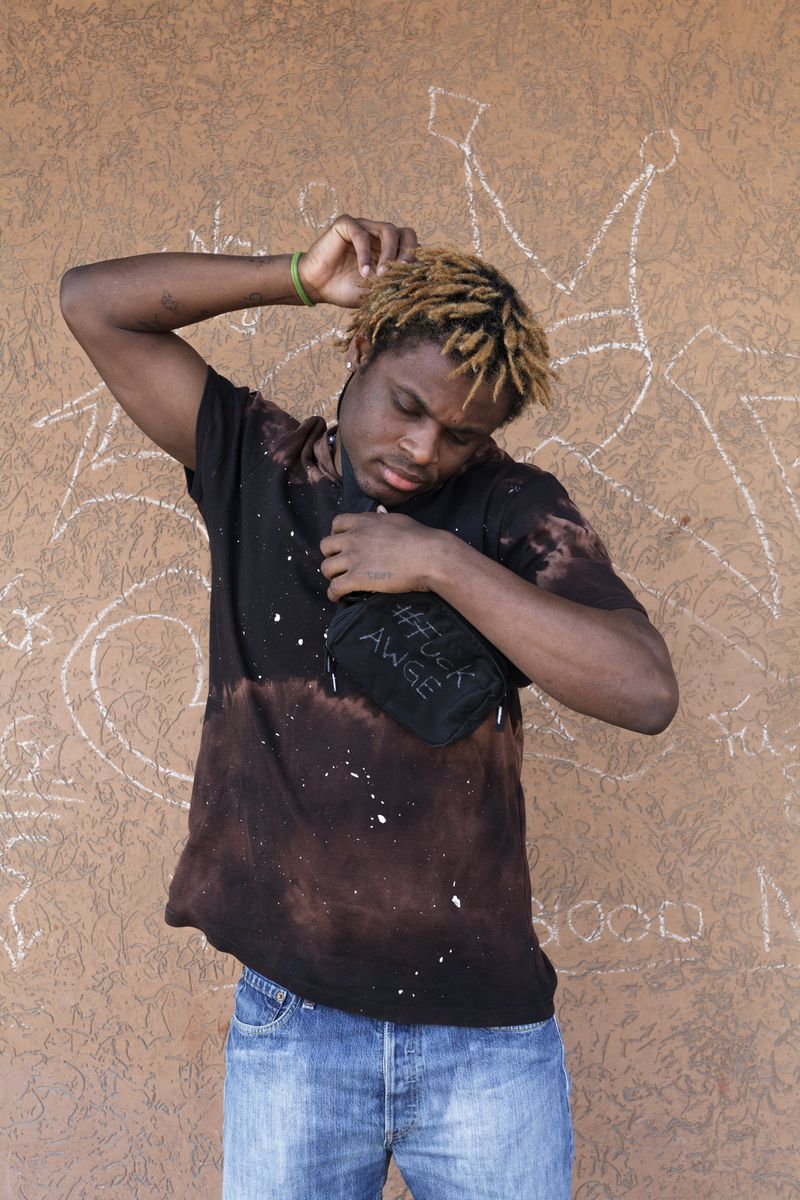The wrong side of the tracks
-
Dates2020 - Ongoing
-
Author
- Location Modena, Italy
“The wrong side of the tracks” is an American expression used to indicate that part of the city, beyond the tracks, where the poorest people live; it is mostly African Americans. I started from here to reflect on my city, Modena, in Italy.
Similarly to a borderline, the railway in Modena has cut out of the urban landscape a suburb that develops around viale Gramsci, where many foreigners now live.
In this area, between the 1920s and the 1940s, the main factories of the city were built – like steer plants or foundries; all around them, the first council houses were developed and, around the ‘60s, these clusters of buildings were extended without proper planning, in a semi-spontaneous manner, in order to provide accommodation in the wake of a migratory wave from Southern Italy.
Towards the end of the ‘80s, the Albanians settled and only later the North Africans arrived, who gradually joined and then almost replaced the Italians. In the same years, a Ghanaian community also settled in - it is today the second largest Ghanaian community in Italy.
“The wrong side of the tracks” is a project that approaches this community – with whom, in recent times, the Nigerian community has mixed - and investigates its relationship with the territory.
Within a perimeter of actual segregation, even if not manifestly apparent, viale Gramsci is today the center of this new geography where the sharing of the same space between communities remains challenging and tense because grounded upon prejudices and the impermeable nature of the groups themselves.
“Isolation”, “precariousness”, “suspension” are the words that guide this work.
Labeled as “foreigners” by Italians - regardless of the duration of their stay in Modena or their specific place of origin, thus being deprived of their identity – the members of the Ghanaian community are doomed to social isolation, which results in a serious lack of communication with the rest of the population living in the neighborhood.
Just a few steps from the train station, the members of the community live in a daily state of precariety – as if they were suspended in an empty, desolate waiting room, about to leave for a new journey, most likely towards the dreamed England. The constant perception of never putting down roots in Modena, but only passing through it, forces them to live in a state of perennial alienation.
